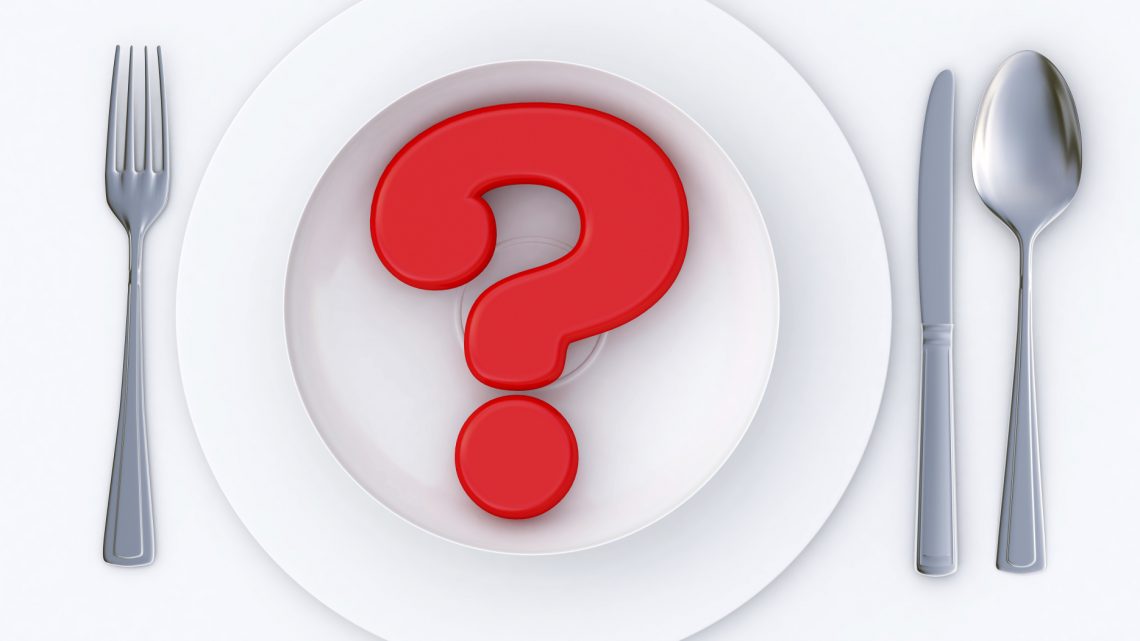Have you ever felt frustrated when trying to figure out what the food you are thinking about buying contains? Every packaged food must include a list of ingredients and a Nutrition Facts label. But sometimes the packaging is confusing. Is what’s inside good for you or not?
The packaging of a food product tells you nothing about how healthy the product is. Words like “natural” and “healthy” are just marketing hype. Manufacturers can’t actually lie on labeling, but they can stretch the truth when trying to get your attention to buy their product.
Food labels contain a wealth of information about the healthfulness of the product if you know what to look for and how to interpret them.
Nutrition Facts
The Nutrition Facts on food labels gives you information on calories, grams of fat, cholesterol, sodium, carbohydrates, dietary fiber, sugars, and protein in each serving plus some percentages of a few nutrients. What they don’t tell you is that:
1 gram of fat = approximately 9 calories.
1 gram of protein = approximately 4 calories.
1 gram of carbohydrate = approximately 4 calories.
4 grams of sugar = 1 teaspoon of sugar
( from whatscookingamerica.net/Information/FoodLabels.htm)
Ingredients
The ingredients are listed in order by weight. The largest quantity is listed first and the smallest quantity is listed last.
The ingredient list on food labels is the most important bit of information on the package. It is often in tiny print, but this is where you find out what’s really in the product.
But in order to understand the healthfulness of the product, you have to know what each ingredient means. Some are straightforward, like peaches or corn. Some may seem straightforward, but are actually a way of hiding harmful ingredients the manufacturer doesn’t want you to know are in the product.
A good example of this is” broth.” It seems like a safe ingredient unless you know that broth usually contains MSG and that this is one way food manufacturers hide MSG in their products. A general rule is that if the list of ingredients is long, there are probably chemical additives in the product, and you’re risking your health by eating it.
Terminology
The FDA sets specific rules for what food manufacturers can call “light,” “low,” “reduced,” “free,” and other food terms. To learn the specifics about what these terms mean visit http://www.webmd.com/food-recipes/guide/how-to-read-food-labels .
Your best bet
If the majority of things on your dinner table come without an ingredients list (fresh fruits and vegetables) you can feel confident you are eating healthfully. Just be sure to clean produce well to reduce the effects of any chemicals used in growing it.










